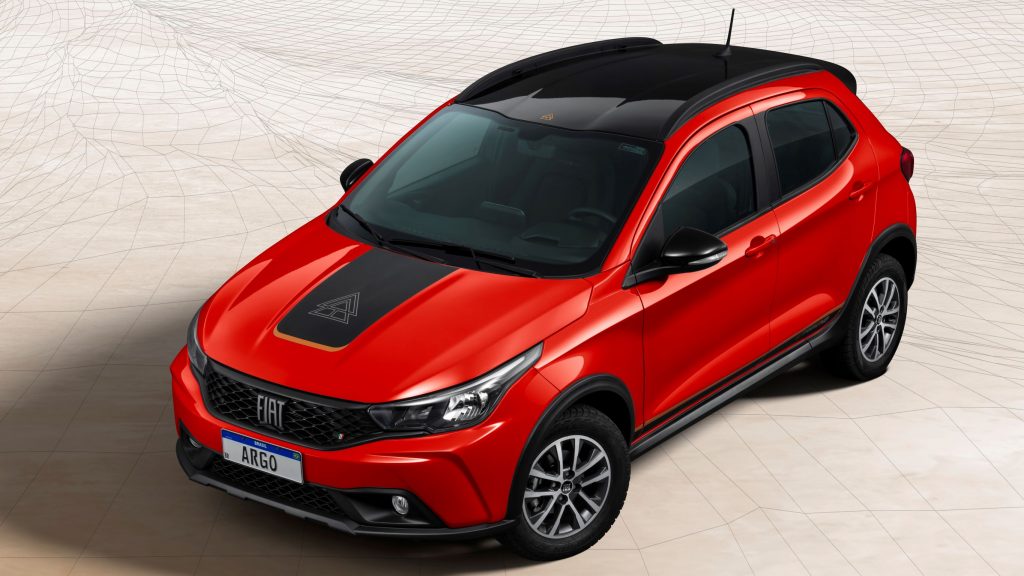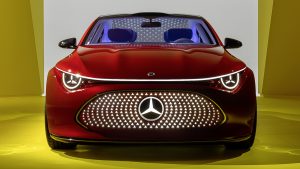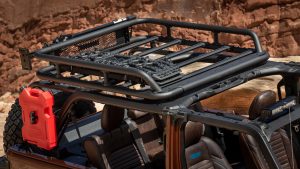Not long ago, Volkswagen China founded not one, but two joint ventures. Now, FAW and SAIC have become strong branches of the German carmaker with distinctive local flavors
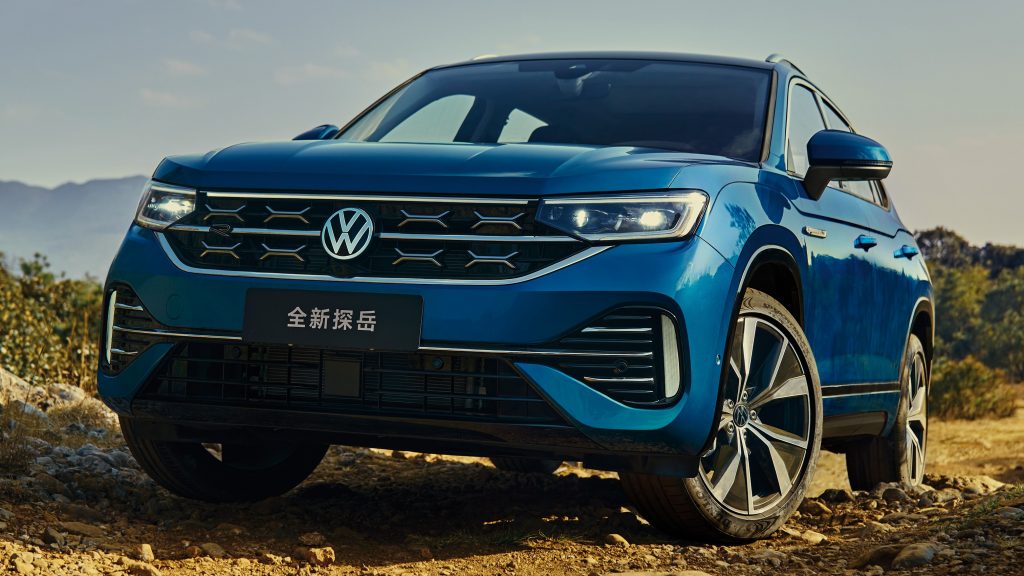
- China requires foreign carmakers to build factories associated with a local company
- Volkswagen has done that with… not one, but three of them: SAIC, FAW and Chery
- The result is multiple lines with products that compete with one another at times
Frida Kahlo was a Mexican artist who became famous for multiple reasons. Among the positive ones, we can mention a particular interest when practicing her art: 55 of her 143 paintings were self-portraits. The reason, in her words, was that “I paint myself because I am so often alone and because I am the subject I know best.” One of the most famous examples is, actually, two: Las dos Fridas, completed in 1939.
This painting shows two versions of the artist. It is possible to interpret one as the original Kahlo, strongly associated with her origins, while the other is a later version adapted to what people came to expect from her. This article is going to introduce you to Volkswagen’s unique operation in the Chinese market. If you want to understand it in a nutshell, I could not think of a better symbol than Kahlo’s famous painting.

How did it all begin?
China used to enforce a policy where foreign automakers could only operate in its territory by partnering with a local company. VW first closed that deal with SAIC Motor in 1984, when both formed the Shanghai Volkswagen joint venture. Its first car was the Santana, a derivation of the second-generation Passat. The car became a national success especially in the mid-1990s, when it adopted the redesign made in Brazil.
The history with FAW started in 1988 with Audi, who intended to locally assemble the 100. VW would only join the partnership in 1992, when it moved its machinery from the USA to China to produce the Jetta. At that point, the Chinese company had a joint venture with both Audi and Volkswagen. While that specific model never performed as well as the Santana, it did become a staple of FAW’s operation over the years.
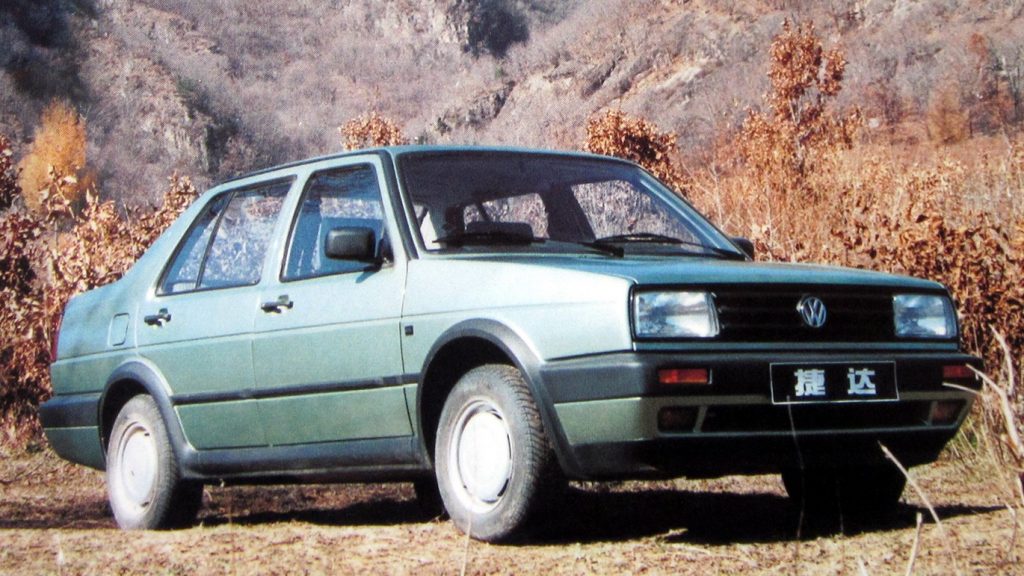
Volkswagen in China over time
Whenever a carmaker settles in a new country, it starts building the very same cars found in its homeland. In a big and influential region like China, local tastes will eventually persuade the maker to create specific products. FAW first did that with the Citi Golf, a rebadged SEAT Córdoba, while SAIC replicated the facelift applied to the Brazilian Santana in 1991. Low-cost solutions aimed at the people of an emergent nation.
Over time, China would experience the quick growth that turned it into a global reference and, of course, there would be changes on its demands. VW responded by applying deeper changes to its existing cars and creating the first exclusive ones. Everything seems typical and mundane so far, right? That is because we still have to remind you of something: there are FAW and SAIC in China. And they are independent.
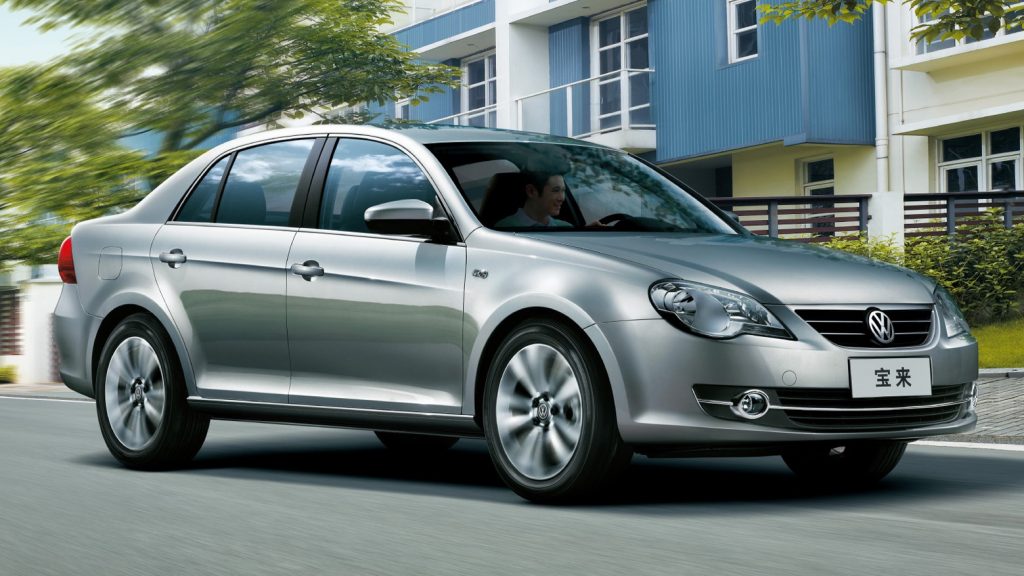
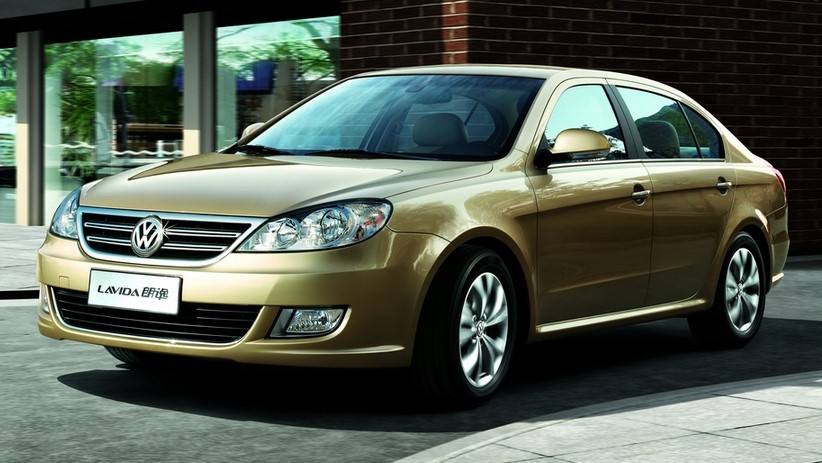
FAW VW vs SAIC VW
Volkswagen ended up creating two regional variations of itself in China. FAW and SAIC built separate lines using some global models with others of regional creation and German technology. The intriguing part is that there has never been an agreement to prevent internal competition. The Bora and Lavida above, for example, compete in the very same segment. In other words, Volkswagen competes with itself in China.
As if that was not enough, there was a time when those branches would accumulate different generations of the same model in separate price ranges. For example, SAIC offered the Passat in three phases in 2006: Santana, Passat Classic, and Lingyu. In 2007, FAW would offer you the Jetta in its second, fourth, and fifth generations as well as the regional Bora. Then again, it is obvious that this situation would not last long.

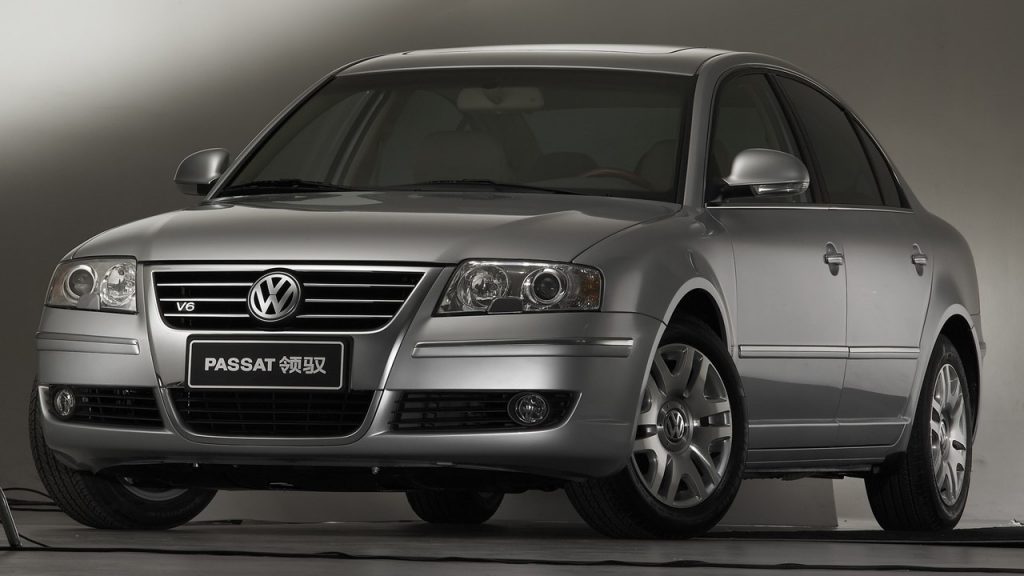
Volkswagen China nowadays
Although both branches still import some cars, most of their lines have local production. Nowadays, FAW focuses on wealthier customers and keeps its line more closely aligned with the global one. SAIC, in turn, targets entry-level buyers and invests more in regional models. An interesting recent example of the latter is the Lavida XR: it is a rebadged Virtus, a Brazilian sedan derived from the Polo and redesigned in India.
Then again, every rule has exceptions. When VW decided to discontinue the Phaeton, SAIC developed the Phideon to replace it. And the largest cars to ever use the MQB platform are regional projects developed by FAW: the Viloran minivan and the Talagon SUV. Those lines mix the preferences of Chinese buyers with the demands from a globalized market. Something like what Frida Kahlo felt at the time of that painting.
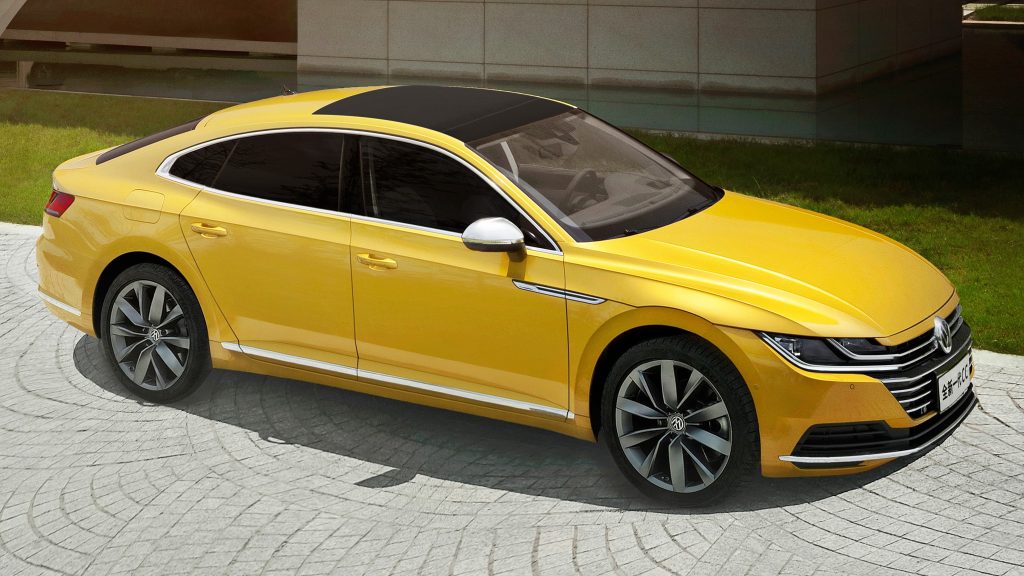
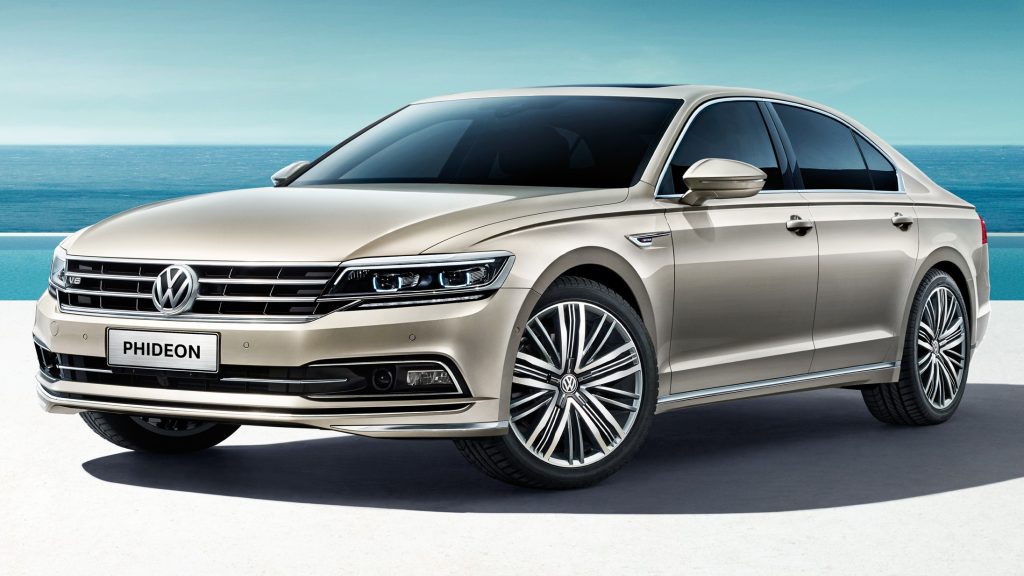
Latest developments
If you thought that creating two independent subsidiaries was too much, you are wrong. VW China found yet some other ways to increase its market participation. In 2005, SAIC expanded its operation by adding the Škoda division. In the typical fashion, that venture began using foreign cars with local production but ended up adding regional projects like the Rapid and Kamiq, based on older platforms of the VW group.
When it comes to FAW, we can mention the expansion of the Jetta name into a full brand in 2019. Now, it refers to a Chinese division of low-cost cars based, once again, on outgoing VW platforms. That decision is consistent with FAW’s goal of making its main brand upscale. Parallel to that, both branches have also created long-wheelbase versions of their sedans here and there to cater to a long-standing Chinese taste.
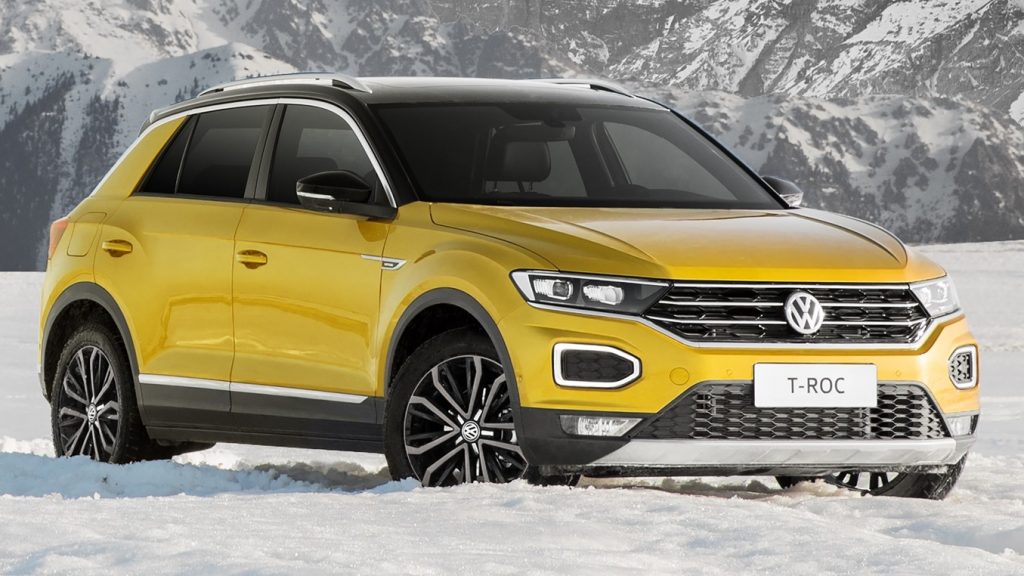
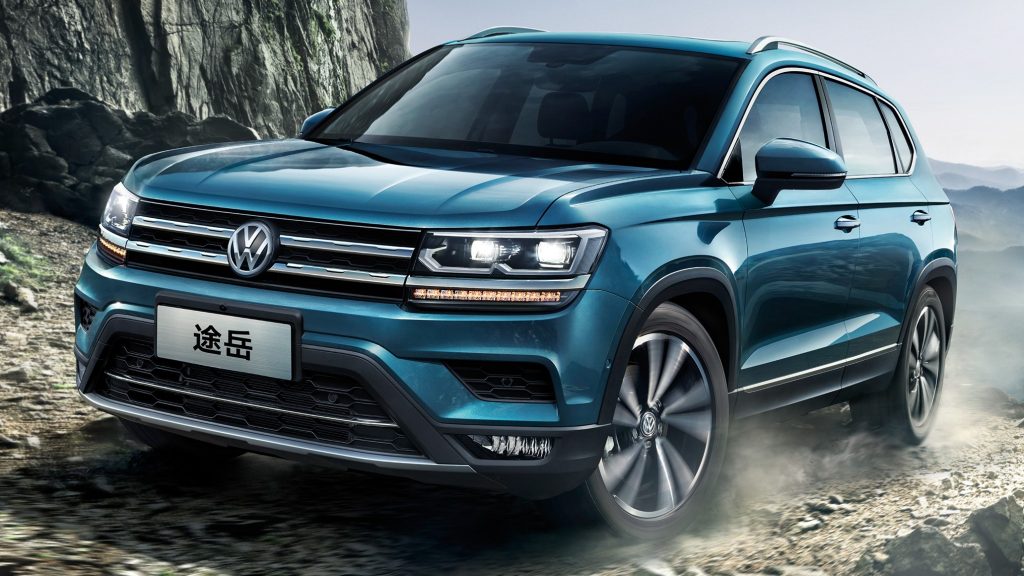
Third partner joins the party
Volkswagen has established several business ventures in China beyond those two. However, most of them play supportive roles like part factories and sales departments. The third relevant one here was formed in 2017 with JAC Motors. Its first goal was to produce a full line of electric cars under the SEAT brand. Later on, there was a change of plans, and the joint venture created a new brand, Sehol, for all those models.
The company was renamed Volkswagen Anhui once the Germans took a majority stake in 2020 – its name comes from being based in Hefei, capital of the Anhui province. Now, it is undergoing several plans so as to become an electric powertrain hub for cars of both makers. In the meantime, Sehol is offering a whole line of battery-powered electric SUVs and sedans that were originally part of JAC’s outgoing Jiayue series.
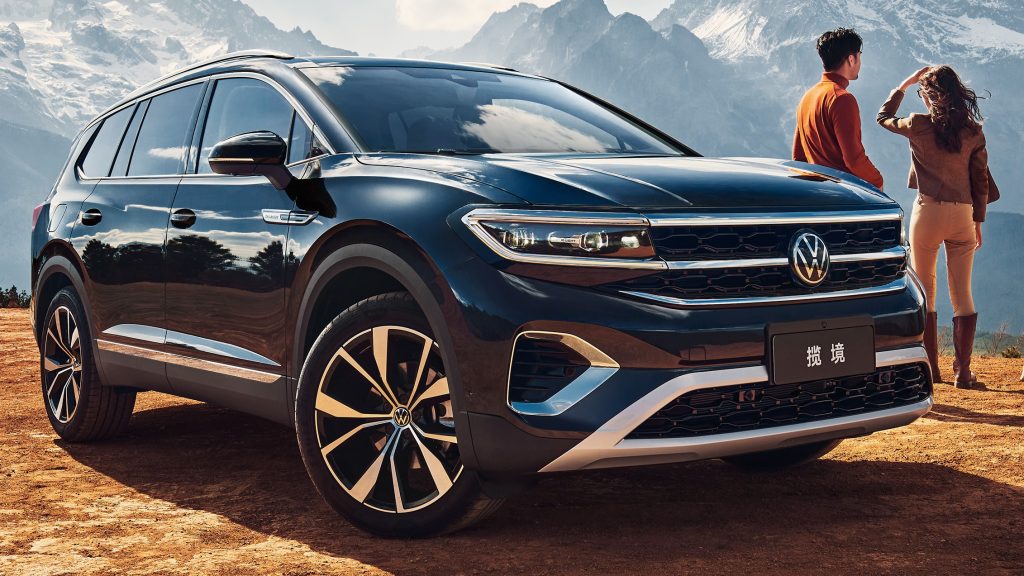
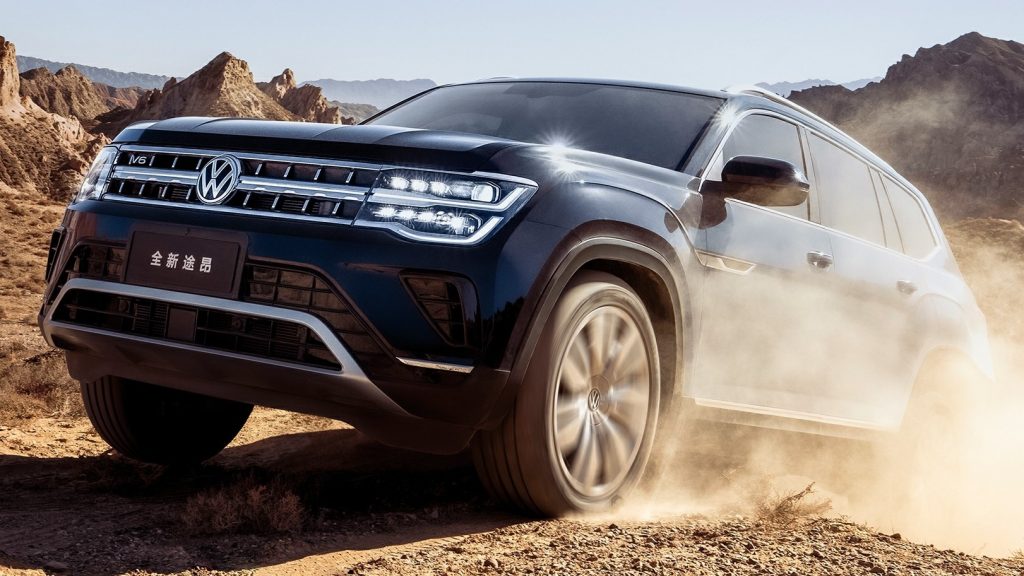
As you could see, Volkswagen has done a unique job in China. It has two regional divisions which became independent carmakers with separate lines. After firming themselves in the market, they are working hard to minimize internal competition. More recently, it is said that the Tayron will become a global substitute for the long-wheelbase Tiguan. What other FAW or SAIC model would you like to see available globally?
You may also like
Volkswagen is definitely not the only automaker with a strong operation outside its home country. Fiat has done a great job catering to Brazilian preferences. Check it out!
Danillo Almeida has explored his passion for cars in two distinct ways. The first one is his graduation course in Mechanical Engineering, which will hopefully lead to a job position in the field. The other one is expressing his knowledge and opinions on the matter through writing. Almeida has already contributed to blogs, stores, and websites in general writing automotive content in many formats.

